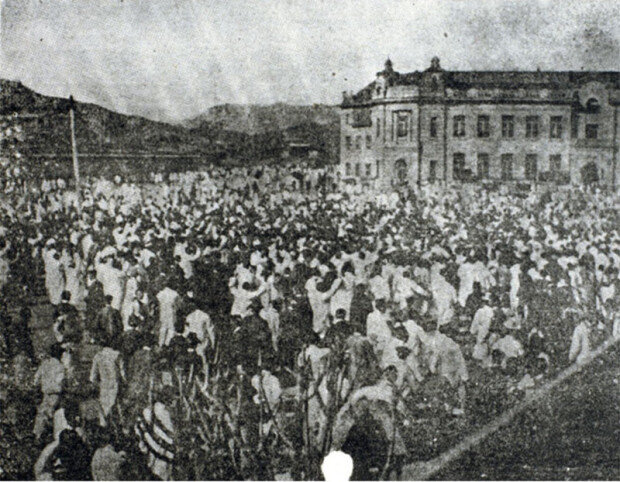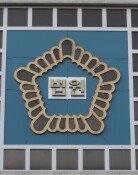'I only did my duty and feel no sense of guilt,' says protester of March 1 Movement
'I only did my duty and feel no sense of guilt,' says protester of March 1 Movement
Posted March. 01, 2024 07:25,
Updated March. 01, 2024 07:25

Around 200 residents gathered around Neungni Market in Soheung County, Hwanghae Province at around 4 p.m. on March 10, 1919, shouting “Hurray for the independence of Korea!” and waving the Taegeukgi. It all started with the Declaration of Independence adopted by the 33 Korean representatives who met at Taehwagwan in Jongno District, Seoul nine days ago.
The “manse” (hurrah) protest was planned as Christian missionary Kim Sung-hang brought around 10 pages of the independence declaration statement written by the Korean representatives from Pyongyang. The military police acquired intelligence and put Kim and other leaders under arrest at around 6 p.m. the day before the planned protest occurred. Not discouraged by the news, seodang headmaster Kim Du-seong and other activists joined their hands with village residents to push forward with the manse movement. With nearby residents from Sosa Ri even joining the protest, even market visitors chipped in on the spot. Japan's military police suppressed their uprising by wielding weapons. Another group of protestors was also arrested in front of the community center. Fourteen activists were accused of leading the movement and sentenced to six months and two years in the first and appellate trials, respectively. Although they appealed against the ruling, the higher court dismissed the case.
Here is how the Japanese colonial higher court wrote in its sentencing on June 19, 1919. It confirmed that intelligent leaders and grass-roots citizens took to the street with a sense of national identity. Min Eung-sik, a 24-year-old farmer among the protestors apprehended in front of the community center, explained why he appealed the decision, saying, “I read an article on the significance of national self-determination discussed in the Paris Peace Conference, which later gave a strong belief that the declaration of independence would free Korea at the end. I could not turn a blind eye to the movement.” Kim Du-seong, a 20-year-old man arrested in the Neungni Market protest, said, “Five thousand years of the history of the Joseon dynasty has been buried under the national flag of Japan for the past 10 years. With the warm breeze of peace spreading across the peninsula, I was among the 20 million Korean people who were greatly moved by the cause. He argued that it is unfair to punish independence activists by law, given that the power of humanitarianism and justice drives the independence movement of the Joseon people.
It is also obvious that even women led the movement at a time when they were discriminated against severely. A report sent by the minister in charge of South Jeolla Province to the Japanese Government-General of Korea on April 15, 1919 wrote that four female Christian followers chanted “Hurray for the independence of Korea'' and encouraged other Joseon people to join with the flag of the Empire of Korea in their hands in Jukdong, Mokpo Prefecture at 2 p.m. on April 8.
Young Koreans and Christians stood at the forefront in Mokpo. At 10 a.m. on April 8, around 150 Christians and students of Yeongheung and Jeongmyeong Schools took to the streets, voicing for the independence of their country and holding the Taegeukgi, later being dispersed by the Japanese colonial government. Even after that, the four women in question resumed their chants around Jukdong at around 2 p.m. As many as 80 citizens were arrested in the Mokpo area on that day alone. They continued to protest the next day, demanding that the national activists be released.
The Independence Hall traced seven out of the accused 14 activists in the ruling on the case regarding the manse protest in Neungni Market, Hwanghae Province, leading the South Korean government to reward them for their sacrifice and contribution from 2021 to 2022. Kim Eun-ji, a team head specialized in data excavation under the Independence Hall's research center on the history of the independence of Korea, commented that this historic reference shows that national self-determination drove not only intelligent leaders but also grass-roots people to be fully awakened and autonomously join the protest, adding “The March 1 Movement was a far cry from a protest sparked out of indecisiveness among naïve citizens.”
사지원 기자 4g1@donga.com







